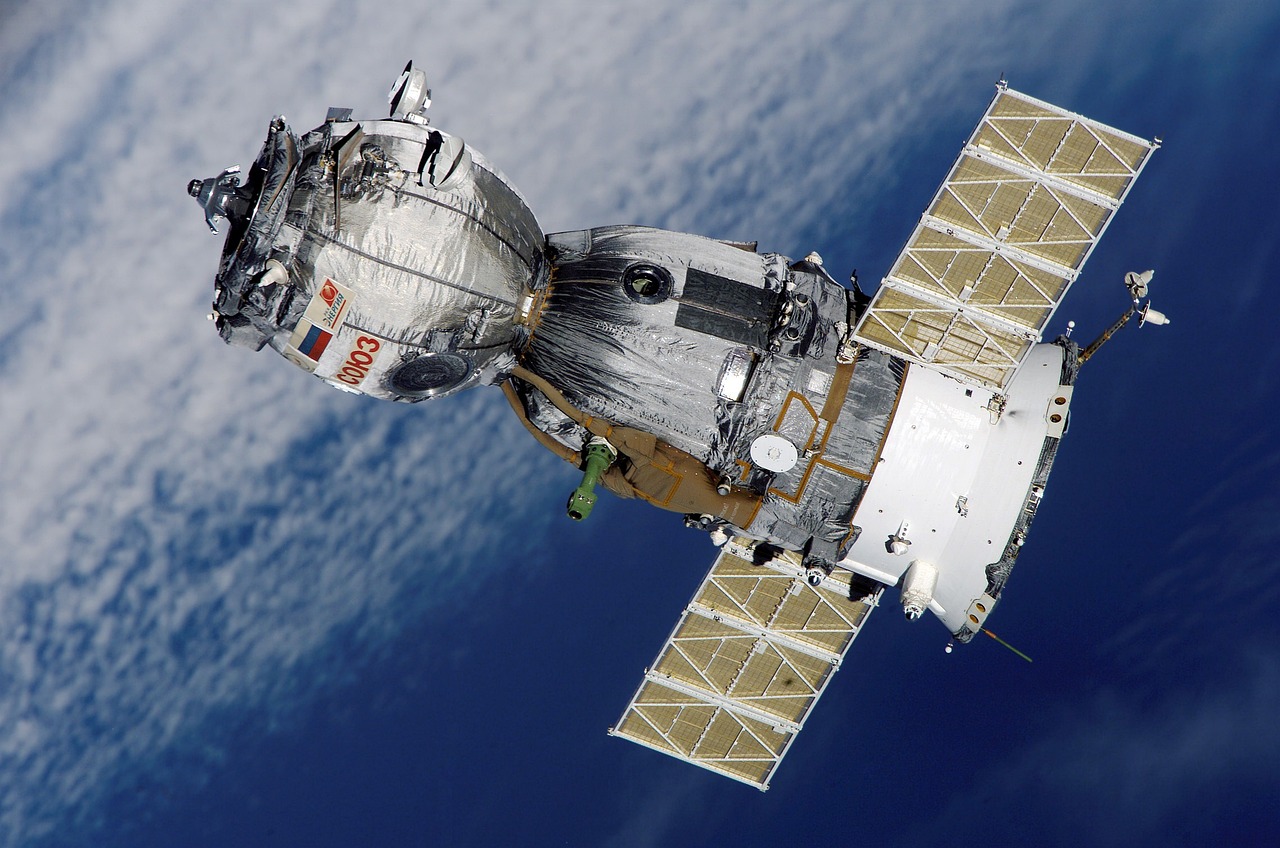The Legal Labyrinth of Space Debris Liability
Introduction: As humanity ventures further into space, a new frontier of legal challenges emerges. One pressing issue gaining attention is the complex web of liability surrounding space debris. This article delves into the evolving legal landscape of space junk, exploring the intricate balance between international space law and the growing commercial space sector.

International Space Law: A Foundation in Flux
The 1967 Outer Space Treaty and the 1972 Liability Convention form the bedrock of international space law. These agreements establish that launching states are liable for damage caused by their space objects. However, they were crafted in an era dominated by government space programs, leaving gaps in addressing modern commercial space activities and the complexities of debris-related incidents.
The Challenge of Attribution
One of the most formidable legal hurdles in space debris liability is attribution. Identifying the origin of debris, especially smaller fragments, can be nearly impossible. This difficulty in establishing causation complicates the process of assigning liability and seeking compensation for damages. Legal experts are grappling with how to adapt traditional tort law principles to the unique challenges of space debris.
Commercial Space and Insurance Implications
The rapid growth of the commercial space sector has introduced new players and dynamics into the liability equation. Private companies launching satellites and spacecraft must now navigate complex insurance requirements and potential liability issues. Some nations are developing domestic space laws to clarify liability for commercial entities, but harmonizing these with international agreements remains a challenge.
Proposed Solutions and Legal Innovations
To address the escalating space debris problem, legal scholars and policymakers are exploring innovative approaches. One proposal involves creating an international fund to compensate for debris-related damages, similar to oil spill liability pools. Another suggestion is the development of a “polluter pays” principle for space, where entities responsible for creating debris would bear financial responsibility for its removal or mitigation.
The Role of Space Traffic Management
Emerging concepts in space traffic management (STM) are intertwining with liability discussions. Proponents argue that a comprehensive STM system could help prevent collisions and clarify liability by providing better tracking and coordination of space activities. However, implementing such a system requires overcoming significant legal and technical hurdles, including issues of national sovereignty and data sharing.
Debris Removal and Liability Concerns
As technologies for active debris removal advance, new legal questions arise. Who bears liability if a debris removal operation goes awry? How can consent be obtained to remove defunct satellites owned by defunct companies? These questions highlight the need for updated legal frameworks that address the unique challenges of space debris remediation efforts.
The Future of Space Environmental Law
The space debris issue is catalyzing discussions about broader space environmental law. Legal experts are beginning to conceptualize principles of sustainable development and environmental protection for outer space. This emerging field could reshape how we approach space activities, potentially leading to more stringent regulations on debris creation and mandatory end-of-life plans for satellites.
Charting a Course Through Uncharted Territory
As we navigate the complexities of space debris liability, it’s clear that existing legal frameworks are straining under the weight of new realities. The path forward will require innovative legal thinking, international cooperation, and a delicate balance between encouraging space exploration and protecting the space environment. As space activities continue to expand, the evolution of space debris liability law will play a crucial role in shaping the future of humanity’s cosmic endeavors.





